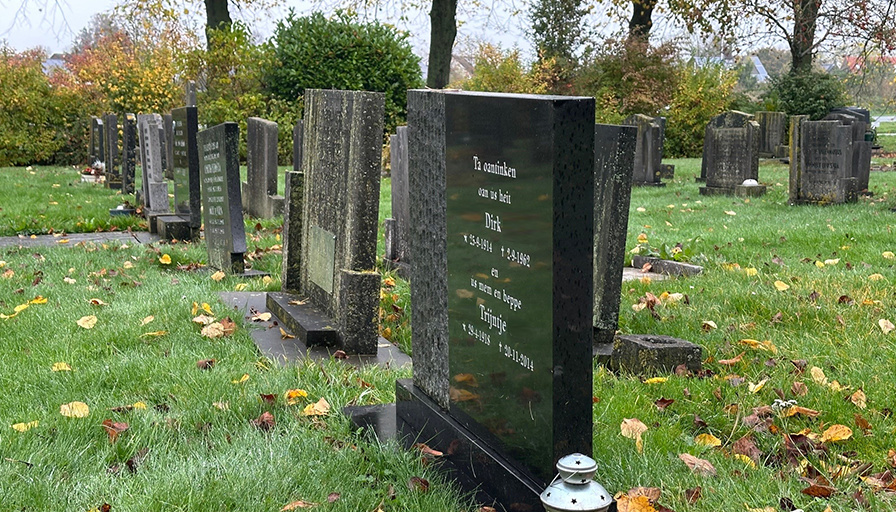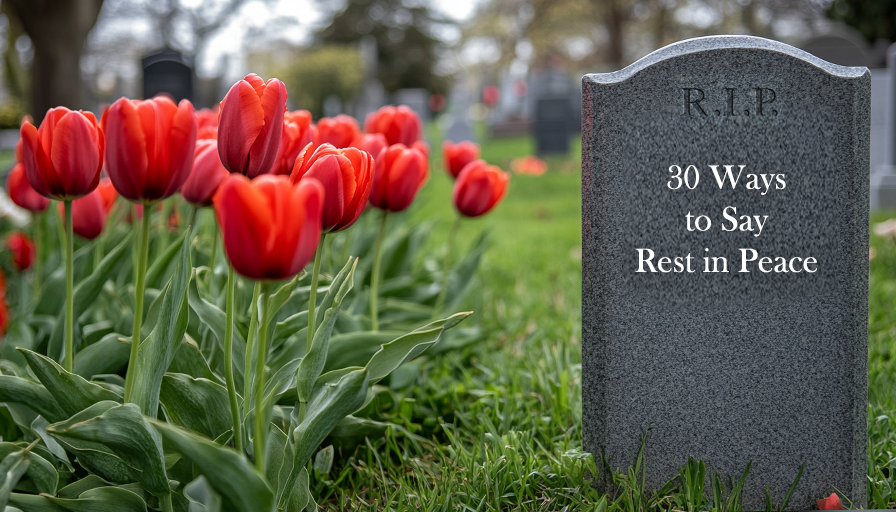Do UK Cemeteries Have Specific Urn Requirements?
When a loved one passes away and is cremated, one of the most personal decisions that follows is how to care for their ashes. For many families, placing the ashes in a cemetery — either in a burial plot, columbarium niche, or garden of remembrance — offers a dignified and lasting tribute. But if you’re considering this option in the UK, you may be wondering: do UK cemeteries have specific urn requirements?
The answer is: yes, they often do. These requirements can vary based on the type of cemetery, the local authority or religious body that governs it, and the specific placement of the urn. Understanding these regulations will help you make the right decisions — both practically and emotionally — as you honour your loved one’s memory.
In this comprehensive guide, we will explore:
- The types of urn interment and placement options in UK cemeteries
- General legal guidelines
- Cemetery-specific regulations and why they exist
- What materials and sizes are accepted
- Custom urns and biodegradable options
- Religious and cultural considerations
- Costs and permits
- Tips on choosing the right urn for cemetery placement
1. Understanding Urn Placement in UK Cemeteries
Before delving into the specific requirements, it's important to understand how urns can be placed in cemeteries in the UK. There are typically four main options:
1.1. Burial of the Urn in a Grave
Cremated remains can be buried in a family grave or in a new plot. Some cemeteries have special sections specifically for cremated remains.
1.2. Interment in a Columbarium
Columbaria are structures with niches designed to hold urns. These can be found in both public and private cemeteries, as well as some churches.
1.3. Placement in a Memorial Garden
Many cemeteries have gardens of remembrance where ashes can be scattered or urns interred, sometimes with a memorial plaque.
1.4. Retained in a Vault or Mausoleum
In more exclusive or historic cemeteries, ashes can be stored in a private family vault or mausoleum.
Each of these placement options may come with different regulations regarding urn size, material, inscription, and biodegradability.
2. Are There Legal Requirements for Urns in the UK?
There is no single UK law that dictates what kind of urn must be used. However, there are several legal and regulatory layers that may affect what urns are permitted in cemeteries:
- Cremation (England and Wales) Regulations 2008: These set the framework for how ashes are handled post-cremation, but they do not specify urn types.
- Local Authority By-Laws: Most UK cemeteries are owned and operated by local councils, each of which may have their own rules for what types of containers can be buried or stored.
- Churchyard and Private Cemetery Regulations: Cemeteries managed by religious organisations or private trusts often have their own strict requirements in place.
So while there are no uniform national laws specifying urn requirements, the practical effect is that each cemetery sets its own rules—and these must be checked before purchasing an urn or planning an interment.
3. Why Do Cemeteries Have Urn Requirements?
Cemeteries implement urn guidelines for a number of practical and ethical reasons:
- Environmental protection: Especially in green or natural burial grounds, materials used for urns must biodegrade without harming the environment.
- Space management: Some columbarium niches are very compact, so the size of the urn is critical.
- Aesthetic harmony: Religious cemeteries or older heritage grounds may require traditional or neutral urns to maintain visual consistency.
- Ease of recordkeeping and excavation: Durable urns make future disinterment or maintenance easier and safer.
By controlling the types of urns used, cemeteries ensure respectful handling of remains while maintaining the integrity and sustainability of the burial site.
4. Common Material Requirements for Cemetery Urns
Cemetery regulations often specify which materials are allowed — especially for urns that will be buried or stored in a niche. Here are the most commonly accepted options:
4.1. Biodegradable Urns
Favoured in natural burial grounds, these urns are made from organic materials such as:
- Paper pulp
- Sand and gelatin
- Himalayan salt
- Bamboo or banana leaf
These urns typically decompose within a few months to a year after burial.
Note: Not all cemeteries accept biodegradable urns, especially if they risk breaking down too quickly or contaminating groundwater. Always confirm before purchase.
4.2. Stone and Ceramic Urns
Stone, granite, and ceramic urns are durable and visually striking, making them ideal for display or permanent placement in a columbarium.
However, some cemeteries may restrict the use of ceramics for burial due to potential fragility or groundwater concerns.
4.3. Metal Urns
Brass, bronze, stainless steel, or copper urns are accepted in most cemeteries and are ideal for their durability and tamper resistance.
4.4. Wooden Urns
Wooden urns are often allowed for burial but must usually be untreated and free from synthetic lacquers, especially in green cemeteries.
5. Size Limitations and Capacity
Many cemeteries have size limitations, particularly for:
- Columbarium niches: These often require urns no larger than 10" high or wide.
- Family grave plots: A plot may allow multiple urns, but only if they fit within designated dimensions.
- Vaults or memorial tablets: The urn must fit beneath or within a specific structural boundary.
Most standard adult urns hold between 3 and 3.5 litres (approximately 200 cubic inches) of ashes. Always measure or verify the internal capacity required before purchasing, especially if combining ashes or planning future interments in the same plot.
6. Inscriptions and Personalisation
Personalising an urn is a meaningful gesture, but some cemeteries have rules about what is acceptable:
- Religious cemeteries may restrict inscriptions to certain phrases, symbols, or languages.
- Columbaria might require that inscriptions be placed on a plaque rather than the urn itself.
- Memorial gardens could have uniform signage requirements to maintain visual harmony.
Always ask your cemetery for inscription guidelines if you plan to engrave the urn directly or include a plaque.
7. Religious and Cultural Requirements
UK cemeteries serve a diverse range of communities, each with its own customs. Some important examples include:
- Christian (Church of England): Many Anglican churchyards require urns to be made of natural or stone-like materials, especially if being buried.
- Catholic: Traditionally prefers interment of ashes rather than scattering, and may have stricter rules in consecrated ground.
- Jewish: Some Jewish cemeteries permit cremation burials, but urns must be plain and simple, avoiding ornate decoration.
- Muslim: Islam typically forbids cremation, so cremated remains are rarely found in Muslim cemeteries.
- Hindu and Sikh: Ashes are traditionally scattered in water, but some families may opt for storage or memorial urns in private plots or home shrines.
8. Cemetery-Specific Guidelines: Examples from the UK
8.1. City of London Cemetery
One of the largest municipal cemeteries in Europe, this cemetery allows interment of ashes in various forms but requires prior approval of the urn type. Biodegradable urns are encouraged in woodland sections.
8.2. Highgate Cemetery, London
As a heritage cemetery, Highgate has very specific rules about what kinds of urns can be buried. Decorative or modern designs may not be permitted, and any burial must be approved in advance.
8.3. GreenAcres Burial Parks
These natural cemeteries across the UK allow only fully biodegradable urns, often with a limit on the presence of metals or synthetic finishes.
8.4. Private Churchyards
Many smaller, rural parish cemeteries require traditional materials like stone, wood, or terracotta, and limit the use of polished metals or modern designs.
Always check with the cemetery office or website, or ask your funeral director for guidance specific to your location.
9. Costs and Paperwork
Interment of ashes is not free and comes with paperwork. Fees vary widely but generally include:
- Interment fee (ranging from £150 to £600)
- Urn plot purchase or lease (if applicable)
- Memorial plaque or stone inscription fee
- Permit for urn type (some councils require submission of urn dimensions and materials)
It's important to book the interment date in advance and submit all required documentation — including a copy of the cremation certificate and urn specifications — to avoid delays.
10. Tips for Choosing an Urn for Cemetery Placement
If you're planning to place the urn in a cemetery, keep the following tips in mind:
- Check the cemetery's official guidelines before purchasing anything.
- Choose the placement method first (burial, niche, garden, vault).
- Measure size restrictions, especially for niches.
- Verify material allowances, particularly for green or historic sites.
- Confirm personalisation rules, including inscriptions or photos.
- Request written approval for custom or artistic urns before interment.
- Retain a copy of the cremation certificate to submit with cemetery paperwork.
Final Thoughts
Cemeteries in the UK do indeed have specific requirements for cremation urns — but these vary by location, managing authority, and placement method. While there’s flexibility in personal expression and design, practical considerations such as material, size, and inscription should always align with the cemetery’s rules.
Choosing the right urn for cemetery placement is both a technical and emotional process. By planning ahead and understanding the regulations, you can honour your loved one’s memory in a respectful, lasting, and meaningful way.
For those seeking a wide selection of high-quality urns suitable for UK cemeteries — including biodegradable, traditional, and bespoke designs — legendURN offers thoughtful options backed by expertise and compassion.
















